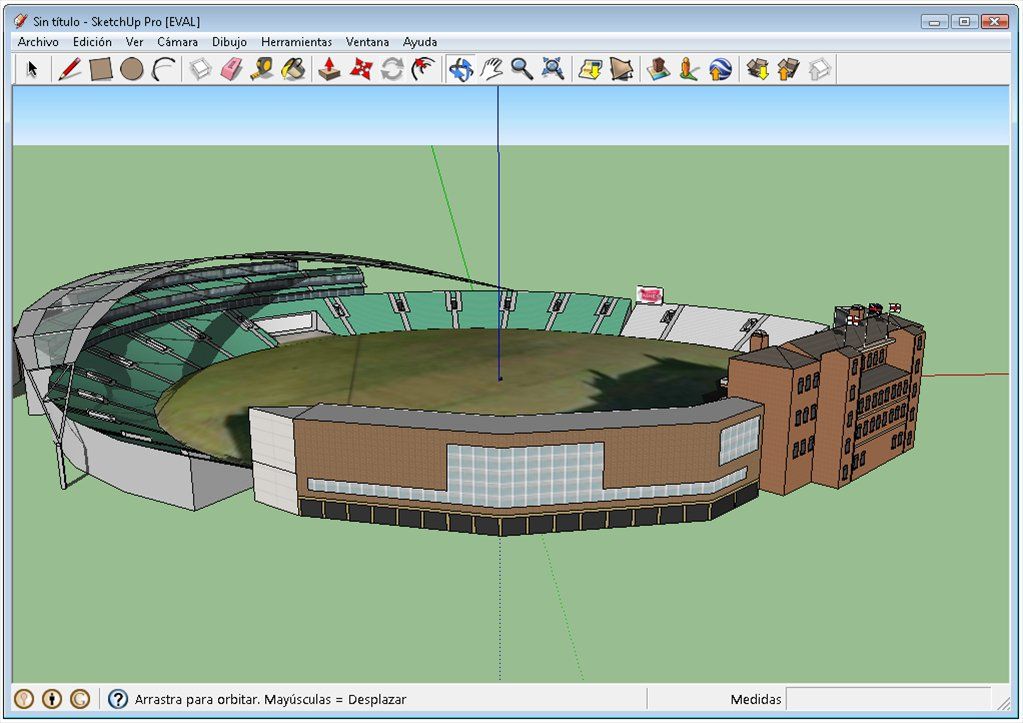

Up to 7.2 kbit/s per timeslot, in the case of point-to-point connections, and 3.5 kbit/s per timeslot in case of IP encapsulation. Data transfer is slow by modern standards.Requires a linear amplifier to meet the stringent RF specifications that allow it to exist alongside other radio services.Tetra thus provides additional communication functionality not built into GSM, such as direct mobile-to-mobile communication that bypasses the communication infrastructure, support for broadcast and group call features, fast call setup, priority call, and so on.ĭisadvantages of Terrestrial Trunked Radio Tetra is complementary to the Global System for Mobile Communications (GSM) cellular communication standard: GSM can be considered an extension of the Integrated Services Digital Network (ISDN) to the wireless domain, while Tetra is an extension of ISDN Private Branch Exchange ( PBX) systems to the same domain.

Tetra includes support for security features such as multilevel authentication and encryption, allows voice and data communication to be combined using the same equipment, and supports multiplexing of up to four channels to provide data rates of up to 144 Kbps. A Packet Data Optimized (PDO) protocol for packet-switched data-only transmission at 36 Kbps on 25-kHz channels.A standard Time Division Multiple Access (TDMA) cellular communication system for voice and data communication on 25-kHz channels.Tetra consists of two complementary standards:


 0 kommentar(er)
0 kommentar(er)
